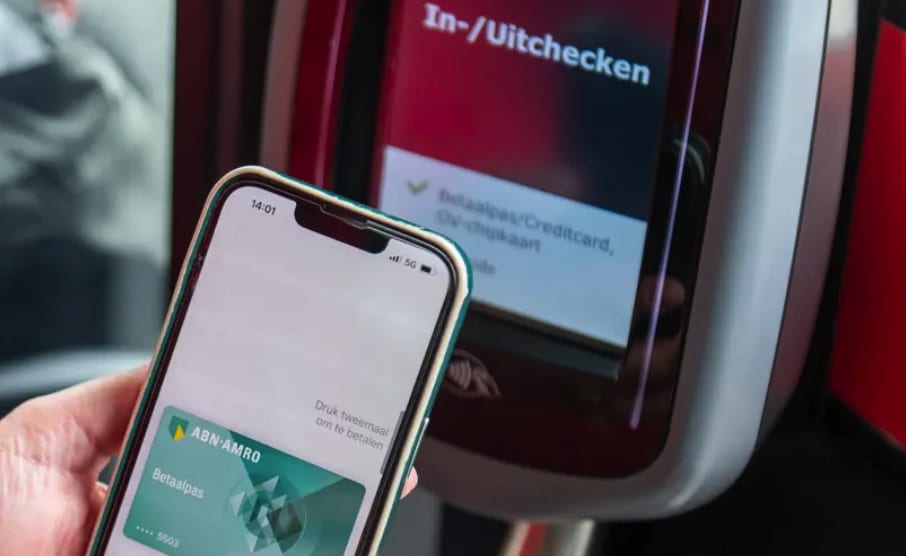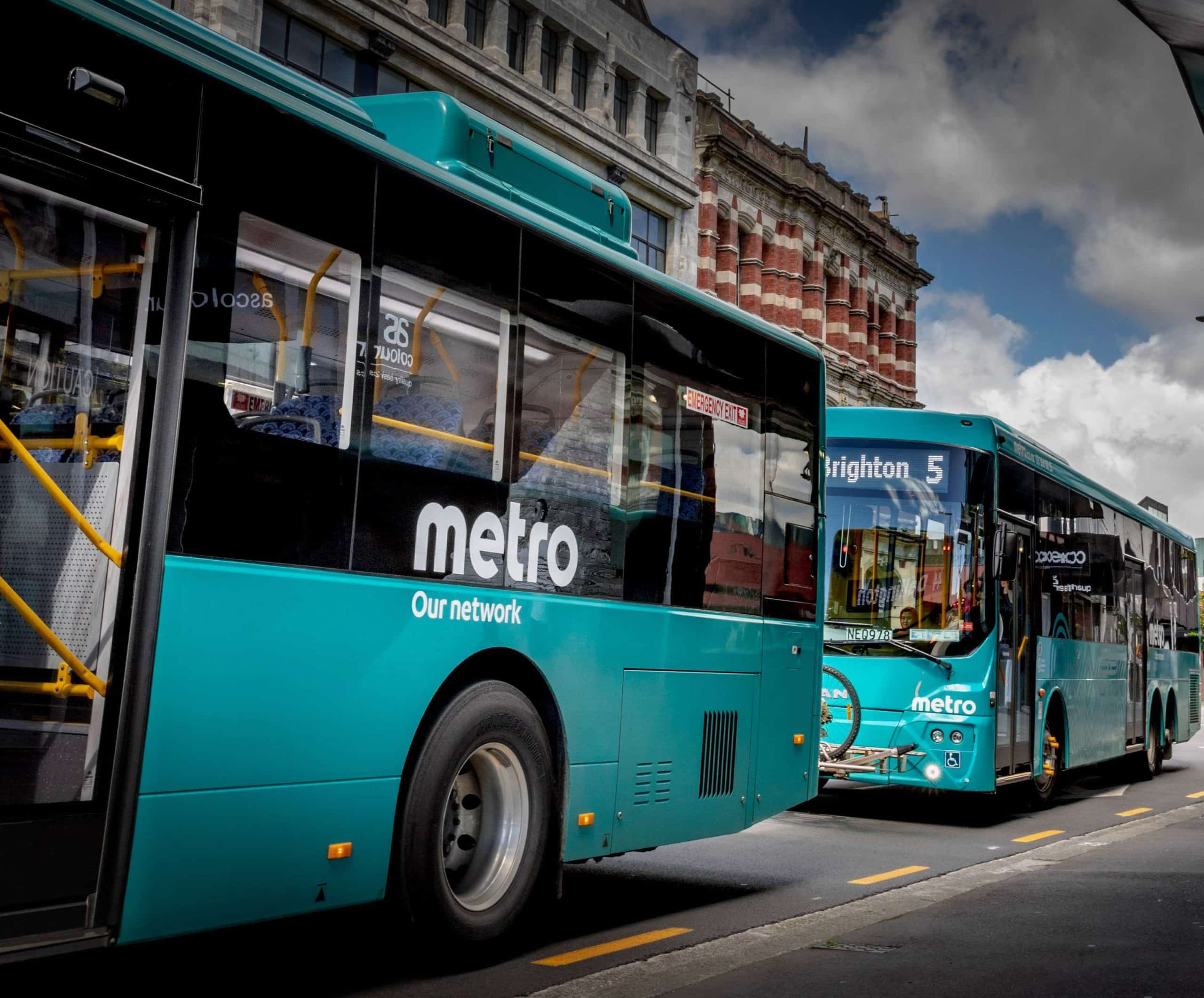
Article Highlights
Large public transit fare collection system supplier Cubic said it believes that to be successful, mobility as a service needs an even greater emphasis on public transit and mobility on demand. Cubic, which is making its own play for the MaaS market, contends that most of the MaaS apps launched to date–and the MaaS concept itself–have been framed by private companies.
MaaS technology was mired near the “Trough of Disillusionment” on a Hype Cycle 2020 report from U.S.-based research and consulting firm Gartner Group.
• Cubic
• MaaS Global
• MobilityX
• Kyyti
There is little disputing the fact that mobility as a service has not yet lived up to its hype. And the industry’s largest automated fare collection system provider, Cubic Transportation Systems, said it believes that going forward, public transit services need to form the backbone of MaaS platforms, along with more demand-responsive transport.

















